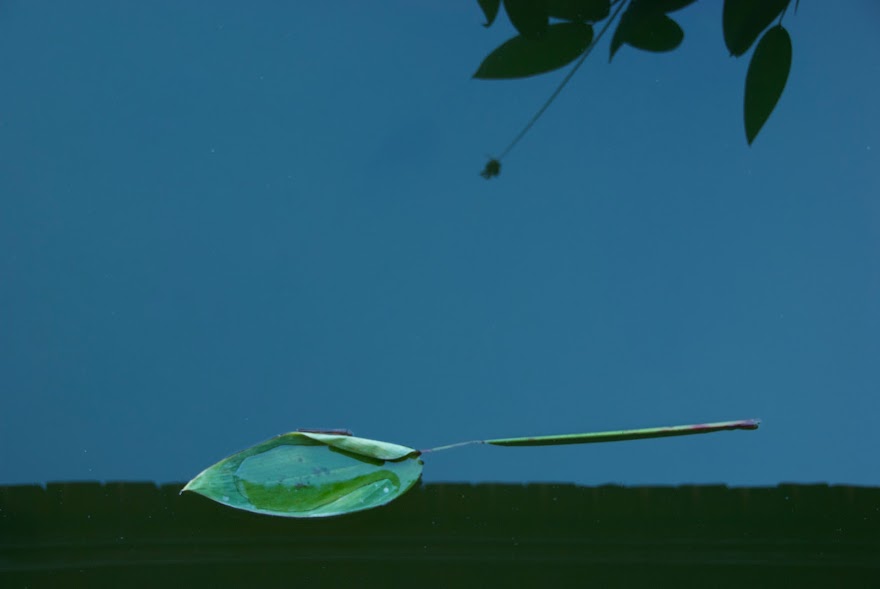“Pounded”, an article of mine about the passage last year from Apia, Samoa to Neiafu, Tonga is in the current issue of CRUISING WORLD. They ran the above photo, which was in fact not taken during that passage, in black and white. Although I expect their purpose was cost reduction rather than aesthetics, I rather like the mood in black and white.
Here is the color original.
In both you can clearly see the soon to be extinct mainsheet traveler bridge and perhaps understand why it is a nuisance and sometimes a hazard to step over at sea.
The backstay control comes up through the tube below the center of the bridge. In the future it will come up through the carbon fiber pod.
———
I came across an interesting NASA article about how weather models have improved in the ten years since Hurricane Katrina, with graphics showing the dramatic almost ten times difference from then 60 kilometer/32.4 mile resolution of computer models to the present 6.25 kilometer/3.37 mile resolution.
———
We have rewatched two good movies in the past few days, SLUMDOG MILLIONAIRE and FRIDA. Both are original with excellent direction. I don’t recall where I first saw SLUMDOG MILLIONAIRE, but I do remember that Carol and I first saw FRIDA in Fremantle, Australia during my fourth circumnavigation.
Of the two, I prefer FRIDA, about the Mexican artist and wife of Diego Rivera. The subject matter is to me more interesting and the acting superior.
Frida was a fine painter, an original, which as some you know is my highest praise. But there is a scene in the movie that gives me pause. When she was twenty she sought out Rivera, who was already famous, and showed him four of her paintings, asking if she should continue. He replied, “If you are a painter, you will paint until you die.” I understand his response. I wonder that she had to ask. Perhaps she just wanted to meet him.
Much of the film is about their often volatile marriage.
Following severe injuries when a bus in which she was a passenger crashed into a streetcar, she was often in poor health and severe pain for the rest of her life.
Many of her paintings are self-portraits. She said, “I paint myself because I am so often alone and I am the subject I know best.”
The last words that appear on the screen in the film were written in her diary a few days before her death, possibly from a pulmonary embolism, just after her forty-seventh birthday: I hope the end is joyful—and I hope never to return.
I doubt her end was joyful. Although we don’t consciously remember, it must have hurt getting in here and it is likely going to hurt getting out. But Frida’s words are perfect.
I doubt her end was joyful. Although we don’t consciously remember, it must have hurt getting in here and it is likely going to hurt getting out. But Frida’s words are perfect.


